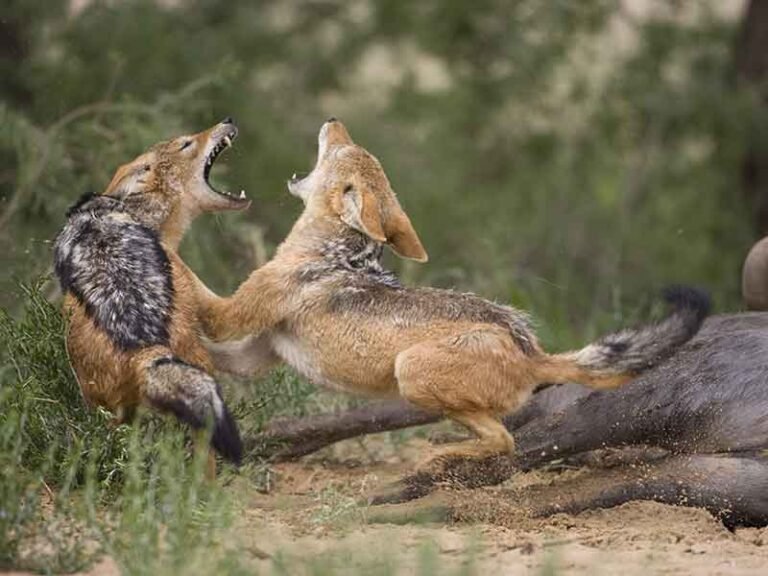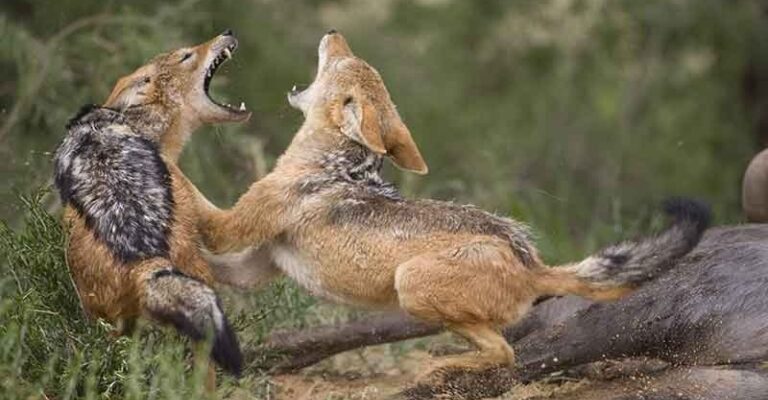
There are several species of jackals, most commonly the golden jackal, black-backed jackal, and side-striped jackal. Each plays a unique role in their ecosystem, showcasing different hunting tactics and diets. Let’s dive deep into the world of jackals to understand what they eat, how they hunt, and why it matters in the animal kingdom.
Understanding the Jackal’s Diet
Jackals are known for their omnivorous diet, which means they eat both meat and plants. This flexibility is one of the reasons they thrive in various environments, from savannas to deserts. You might be surprised—what do jackals actually eat? Here’s a quick breakdown of their diet:
- Small mammals: Jackals often hunt rodents, rabbits, and even small antelopes. These animals are a significant part of their diet and provide essential protein.
- Birds and reptiles: They’re also known to catch birds and lizards, showing their adaptability.
- Fruits and plants: During certain seasons, they munch on fruits, tubers, and berries. This is especially true when other food sources are scarce.
- Scavenging: Often, jackals will scavenge on carcasses left by larger predators. This behavior ensures they maximize their food intake without too much effort.
Imagine a dinner table filled with various dishes—that’s what a jackal’s meal looks like! They take advantage of whatever’s available, whether it’s fresh game or leftover scraps.
The Jackal’s Hunting Strategies
You might be wondering, how do jackals hunt? They employ a mix of clever strategies that often depend on their surroundings and what prey they’re targeting. Here are some of their most effective methods:
Cooperative Hunting
Jackals often hunt in pairs or small family groups. This teamwork allows them to take down larger prey. Think about it: two sets of eyes are better than one! Hunting together, they can outsmart and surround their target.
For example, one jackal might distract the prey, while another sneaks up from the side. This requires a level of coordination that’s impressive, especially since jackals are often outmatched by bigger predators.
Solo Hunting
In other situations, jackals may hunt alone, particularly when targeting small mammals or birds. They use their keen sense of hearing to detect movement in the grass and rely on stealth to get close enough for a successful catch.
Here’s a little story: picture a lone jackal creeping through the tall grass, crouched low and silent. It spots a rabbit nibbling on some clover. With a swift dash, it pounces, showcasing a blend of agility and cunning.
Scavenging: A Smart Strategy
One of the remarkable things about jackals is their scavenging ability. They’re not too proud to feed on leftovers from bigger predators like lions or hyenas. In fact, this behavior plays a vital role in their survival.
Scavenging offers several benefits:
- Energy conservation: Instead of expending energy on a hunt, they can find a meal without the chase.
- Less competition: While hunting requires facing competition from other hunters, scavenging often allows them to take advantage of what’s already been caught.
- Adapting to seasons: Food availability changes with seasons, and scavenging helps them make it through lean times.
Imagine a jackal coming across a lion’s leftovers. While others may shy away, it confidently digs into the meal, showing us that sometimes, being adaptable is the key to survival.
The Role of Behavior in Hunting
Jackals are known for their clever behaviors that aid in their hunting success. They are highly social animals and communicate well with each other. Some of these behaviors include:
Vocalizations
Jackals are quite vocal, using a range of sounds to communicate. Their howls and yips can signal a successful hunt or alert family members to danger. This communication can help coordinate hunting efforts and keep the pack informed.
Marking Territory
By marking their territory, jackals can deter competitors, meaning they have better access to food resources. It’s like putting up a “no trespassing” sign—keeping potential rivals at bay while ensuring their hunting grounds remain plentiful.
Why Jackals Matter in the Ecosystem
Understanding jackals’ diets and hunting strategies offers insights into their crucial role in the ecosystem. As scavengers and predators, they help control populations of smaller animals, which, in turn, affects plant life and the overall health of their habitats.
Without jackals, you might see an overpopulation of certain species, leading to a cascade of issues in the ecosystem. Keeping their populations balanced is vital for sustaining their environment.
The diet and hunting strategies of jackals are a testament to their adaptability and resourcefulness. From cooperative hunting to scavenging, these clever creatures play an essential role in their ecosystems. Understanding their behavior not only heightens our appreciation for these animals but also reminds us of the delicate balance of nature.
Next time you hear a jackal’s call in the wild, think of the various tactics they employ to survive. They may not be the biggest animals in the bush, but their wit and cunning make them fascinating players in the natural world. So, here’s to the jackal—a small but mighty survivor!

